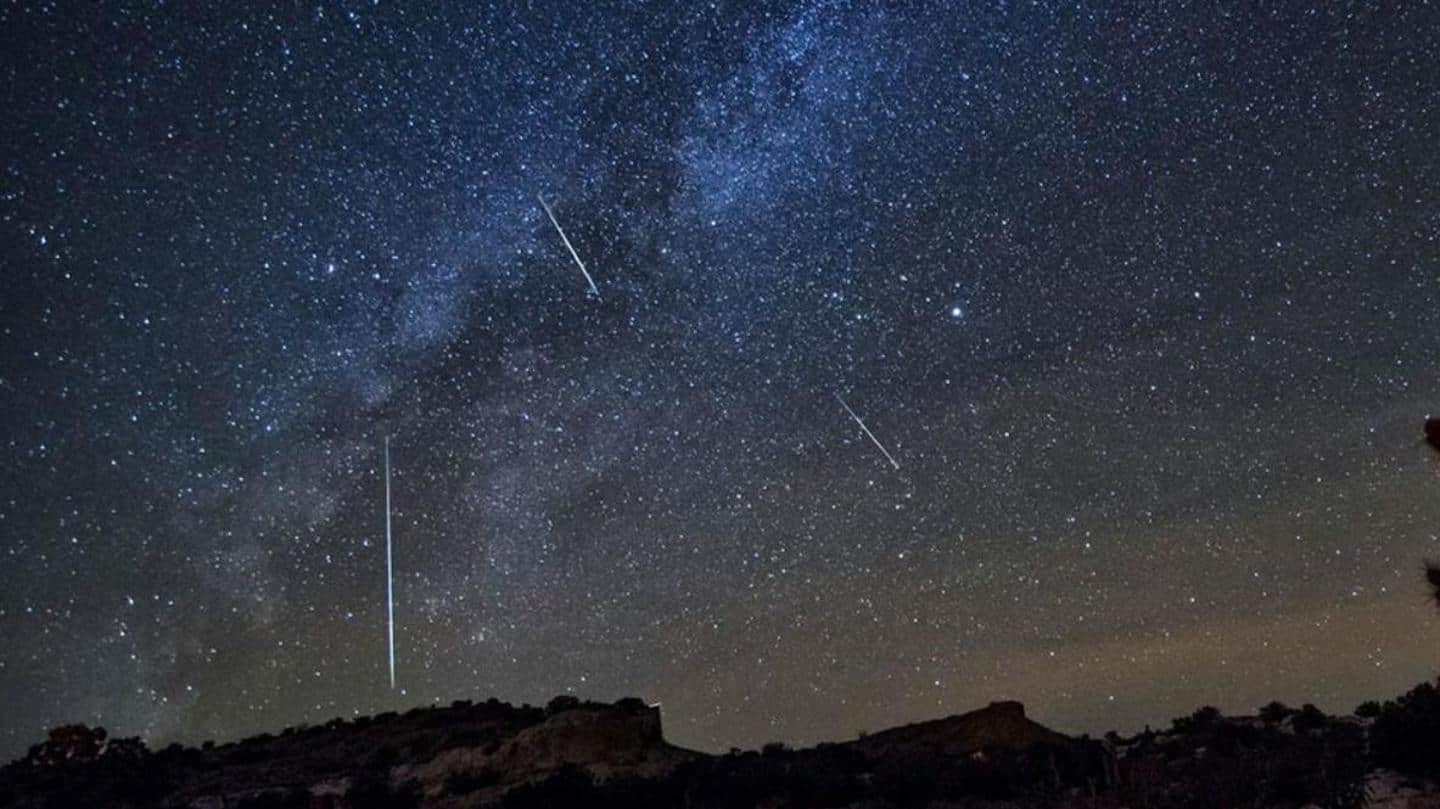
How and when to watch the spectacular Orionid meteor shower
What's the story
The Orionid meteors are one of the brightest and fastest around. They put on a spectacular celestial display when Earth intersects the orbit of Halley's Comet.
The meteor shower, which started on October 2, will last till November 7. It will peak around October 21.
The Orionids are a favorite of stargazers. Here's everything about the shooting stars and how to watch them.
Context
Why does this story matter?
Meteor showers attract both budding astronomers and skywatchers. The Orionid meteor shower is one of the most anticipated every year. The glowing fireballs have never ceased to amaze enthusiasts.
We have not seen Halley's Comet since 1986 and it won't be back until 2061. But thanks to all the dust and debris it has left behind, October won't be dull for skywatchers.
The meteors
Orionids get their name from Orion the Hunter
Orionids get their name from the constellation, Orion the Hunter. They are called so because they appear to come from the constellation.
However, they are associated with Halley's Comet or Comet Halley. They become visible in October when Earth passes the trail of debris left by the comet.
This dust from the comet's tail enters Earth's atmosphere and burns up nearly 100km above us.
The shower
The meteors leave glowing trail of material
Orionids are created when the space debris left behind by Halley's Comet enters the Earth's atmosphere.
The meteors enter the Earth's atmosphere at a blazing speed of 66km/s. They leave glowing trails of material when they pass through at such high speed.
Orionids are characterized by bright, prolonged explosions, as they are vaporized in the atmosphere.
How to
How to watch the meteor shower?
Throughout October, the Orionid meteor shower will appear at around 10:16 pm EDT (7:46 am IST). The meteor's highest point will be at 5:00 am EDT (2:30 pm IST).
The shower will be best seen when the moon is minimal. A telescope is not required. Just find a dark place and give your eyes time to adjust to the night vision.